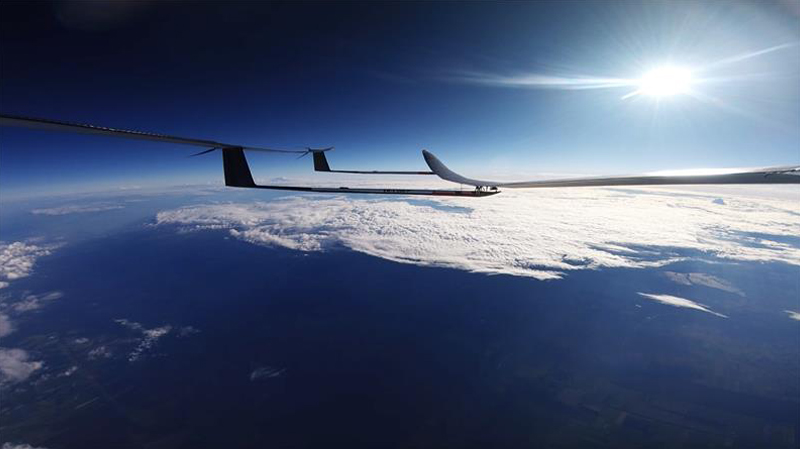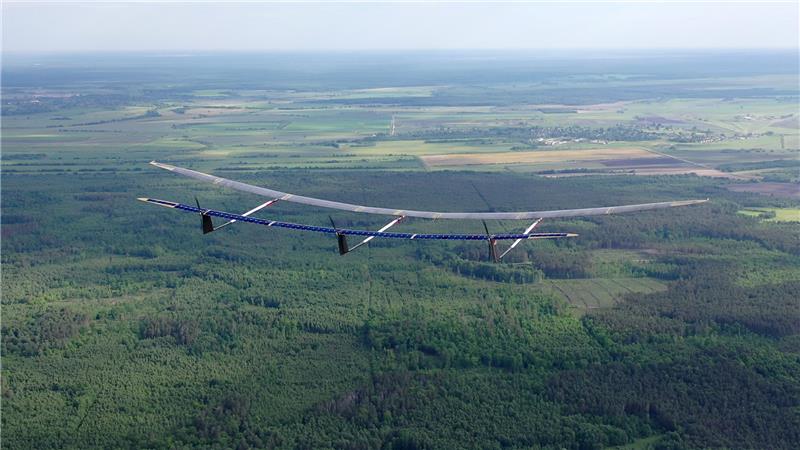Empowering the World from Above.
Utilizing HAPS technology to offer advanced telecommunications, Earth observation and RF sensing solutions to clients across the public and private sectors.
Flights
80+
Extensive flight history with initial HAPS concept aircraft developed in 2014
Maximum Altitude
20Km
Stratospheric flights at altitudes well above weather patterns and conventional air traffic
Continents
3
Growing flight footprint across multiple countries in Africa, Europe and Asia
Emissions
0
Solar-powered, reusable aircraft offering zero-carbon flight
HAPS
Stratosphere
20 KM
HAPS
Stratosphere
20 KM
UAV
Low Atmosphere
< 10 KM
SATELLITE
Space
200+ KM
HAPS Technology
High-Altitude Pseudo Satellites (HAPS) are large, solar-powered, unmanned aerial vehicles designed to operate in the Earth's stratosphere (altitudes of 13-20km), above conventional air traffic and weather patterns.
Serving as a bridge between conventional UAVs and traditional satellites, HAPS offer long-duration, continuous flight capabilities without the need for complex launch operations.
Compared to UAVs
• Increased geographic coverage.
• Higher endurance (i.e., longer flight times).
• Increased durability.
• Ability to support 5G connectivity and IoT use cases.
Compared to Satellites
• Enhanced image resolutions.
• Higher degree of maneuverability.
• Improved communications security.
• Increased ease of deployment.
• Reduced latency.
• Lower costs.
• Ability to be reused for multiple flights.
The ApusDuo HAPS Platform
-
01. Stratospheric Flight
Above conventional air traffic and weather patterns
-
02. Endurance
Designed to fly continuously for months at a time
-
03. Maneuverability
Full flight path flexibility with hover capabilities for fixed positioning
-
04. Deployability
Minimal lead times with no need for specialized infrastructure
-
05. Sustainability
Solar-powered, reusable aircraft with zero-carbon flight
-
06. Payload
Class-leading, flexible payload capacity unlocks a range of use cases
web.Applcations
Applications
TELECOMMUNICATIONS
Serving as a stratospheric network tower, our HAPS telecommunications payloads address multiple industry gaps, including: greenfield coverage, white spots, emergency situations, and network security.
Applications
EARTH OBSERVATION
Beyond high-resolution imagery and video, our ApusDuo HAPS technology excels in powering advanced Earth observation activities such as environmental tracking and persistent monitoring for advanced surveillance / border protection.
Applications
RF SENSING
With stratospheric flight enabling advanced detection of radio signals from various sources, our ApusDuo HAPS platform powers cutting-edge radio frequency (RF) sensing solutions for a range of end use cases.


